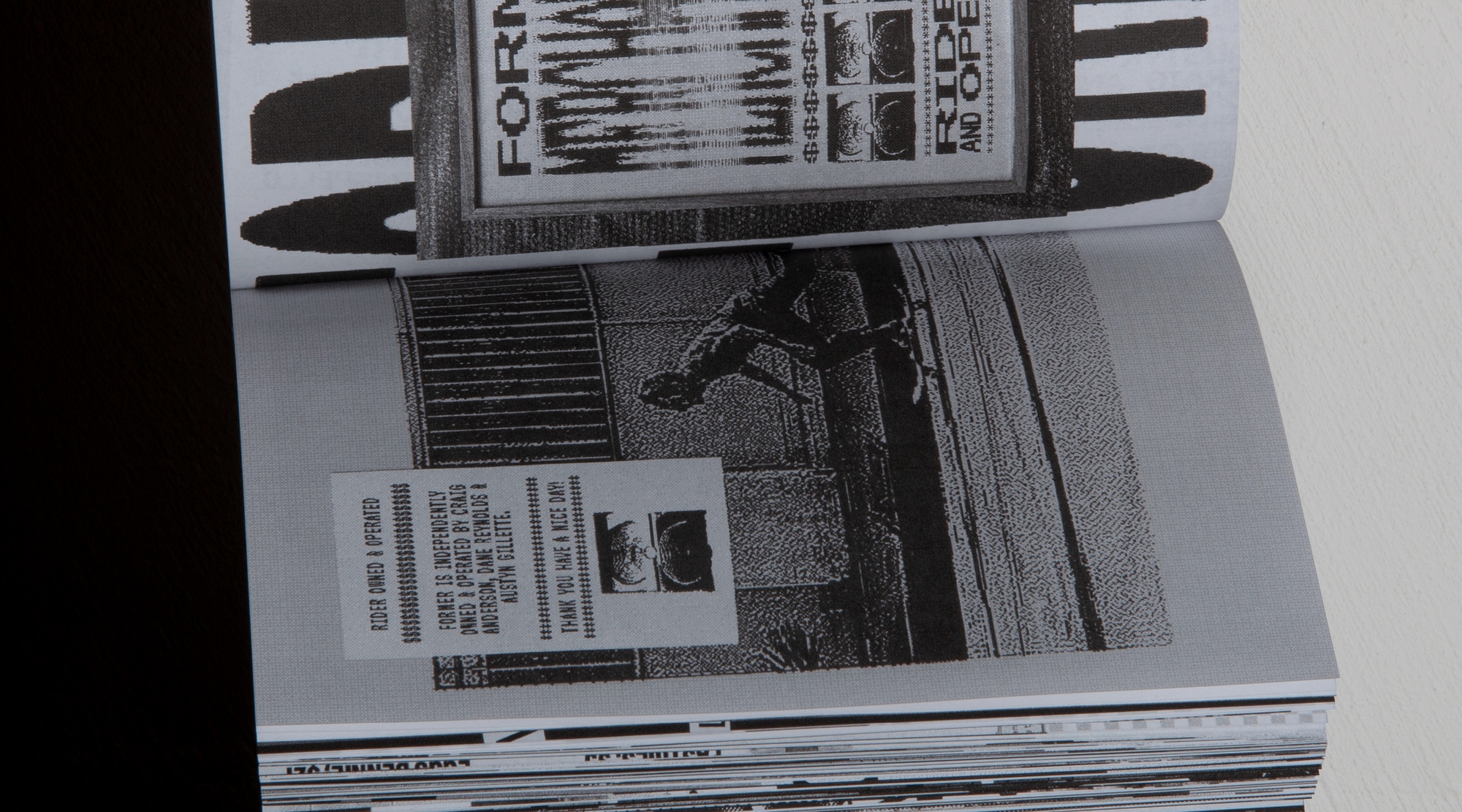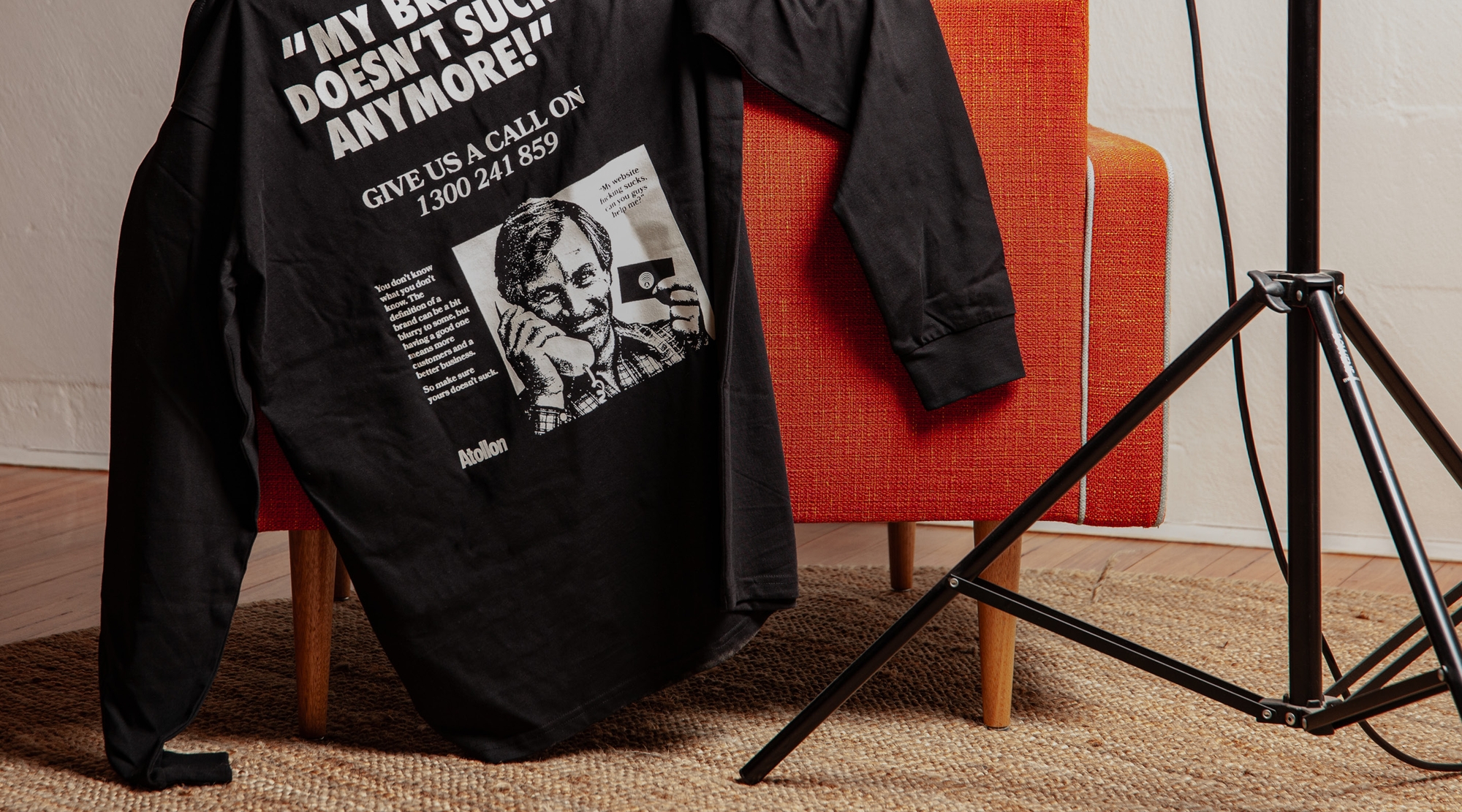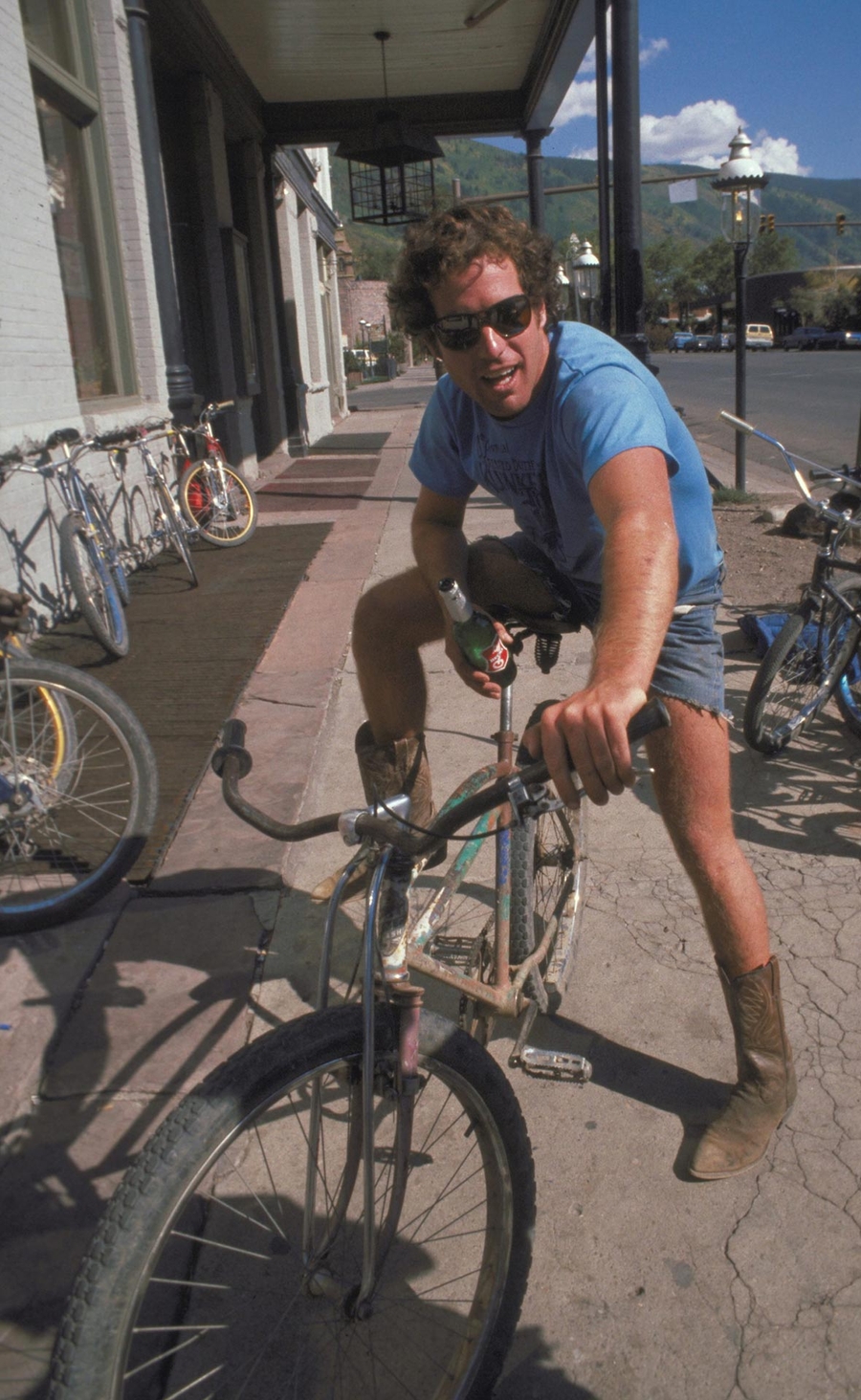Klunking
Author
Sam Koesterke
Klunking began as a renegade ride through the wild landscapes of Marin County, California, in the early 1970s. Born from a DIY spirit and a thirst for freedom, this scrappy sport was fuelled by teens repurposing clunky cruisers to conquer rocky trails and steep descents. Klunking wasn’t just cycling; it was an act of rebellion—a way to escape the concrete confines of city life and find exhilaration in the mountains. That untamed energy paved the way for what we now call mountain biking, forever transforming how we connect with the outdoors.
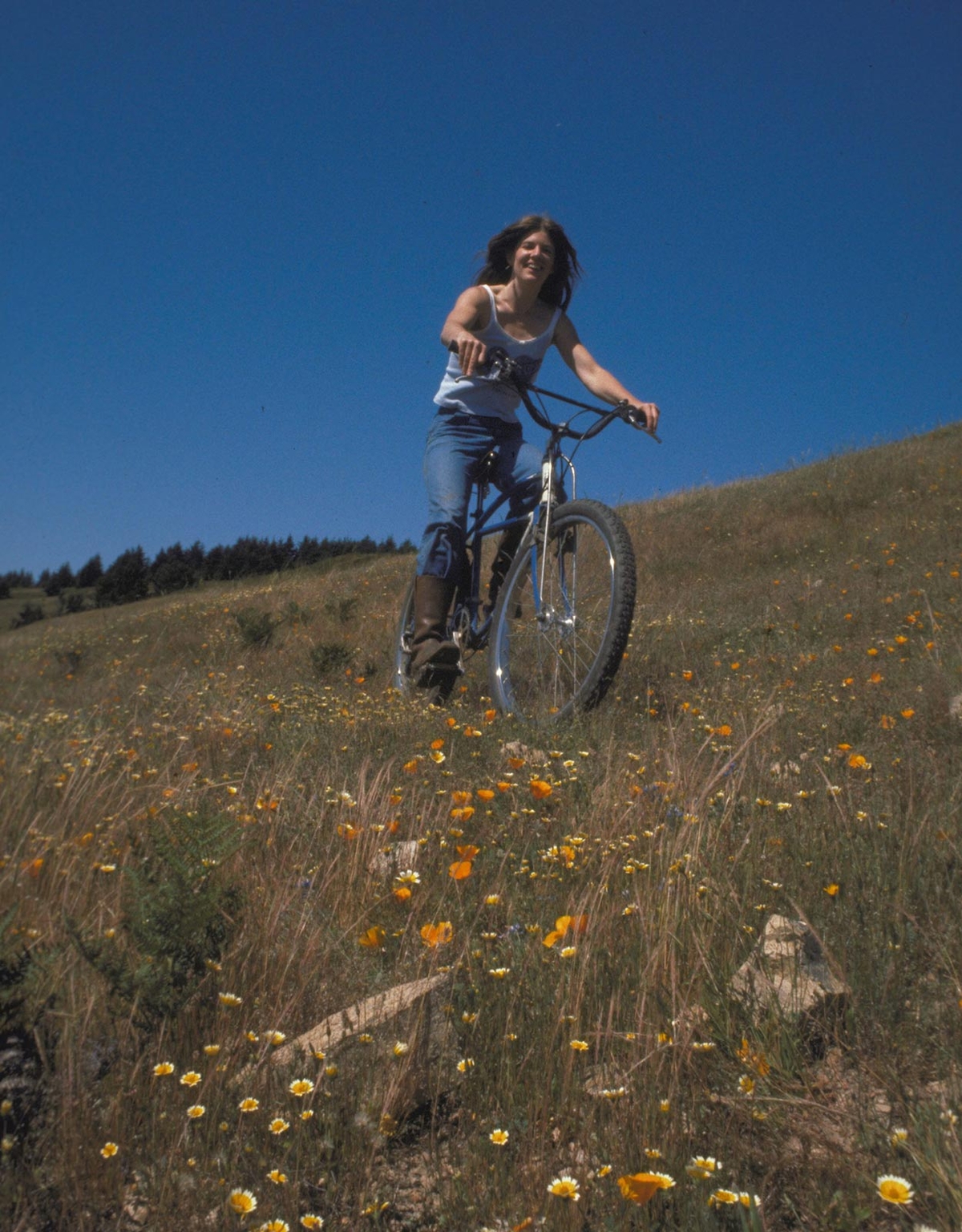
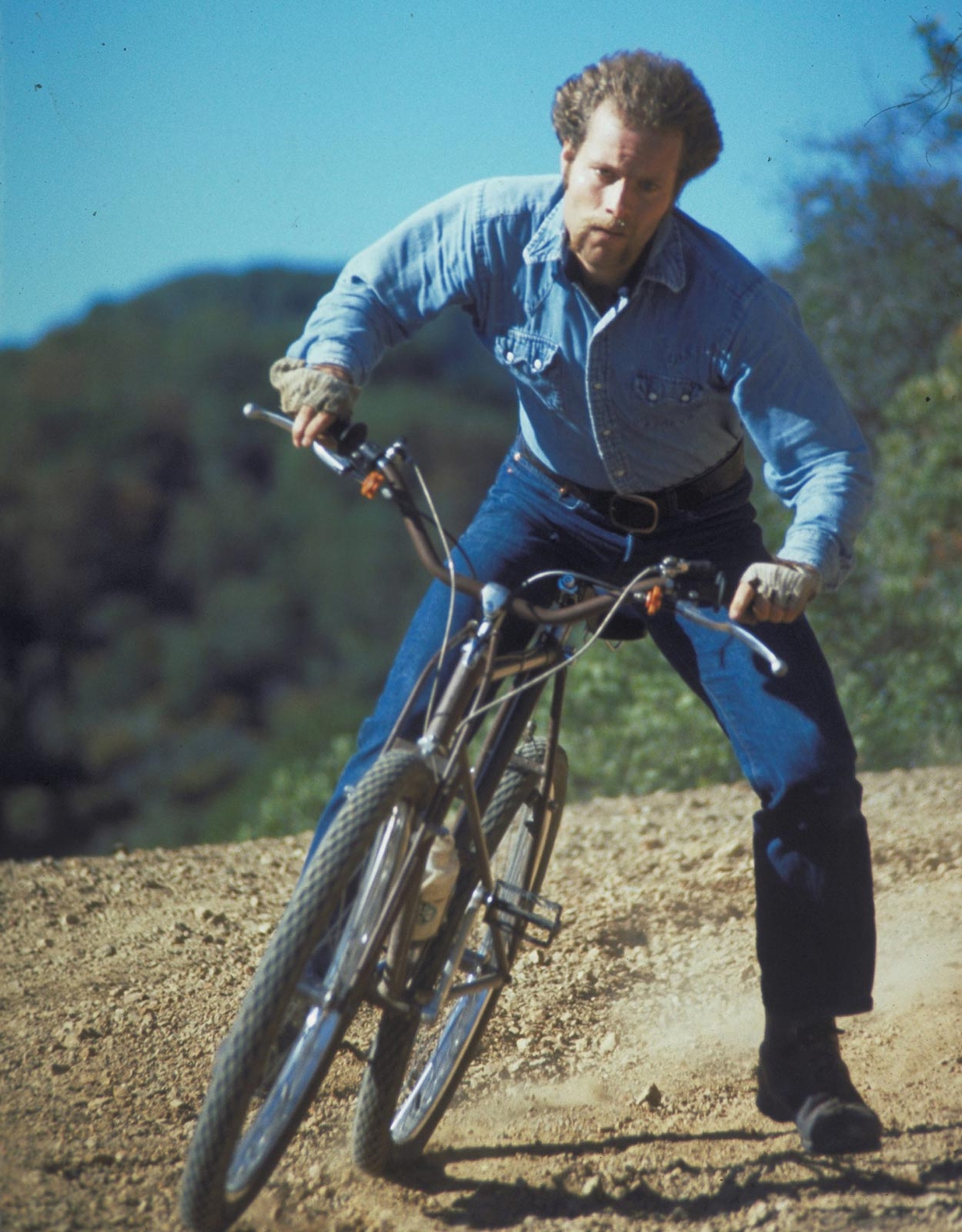
I’d rather be Klunking
Along the unsealed fire trails and rocky single tracks of early 1970’s Marin County, California, the sport we now know as mountain biking was born. At the time, they didn’t call them mountain bikes. The heavily modified contraptions went by many other names; Cruisers, Bombers, Beater Bikes, Balooners and ultimately the name that stuck, Klunkers. It was an expression of counterculture and teenage ingenuity at its purest. A simple cry to get away from the cars, cops, and concrete.
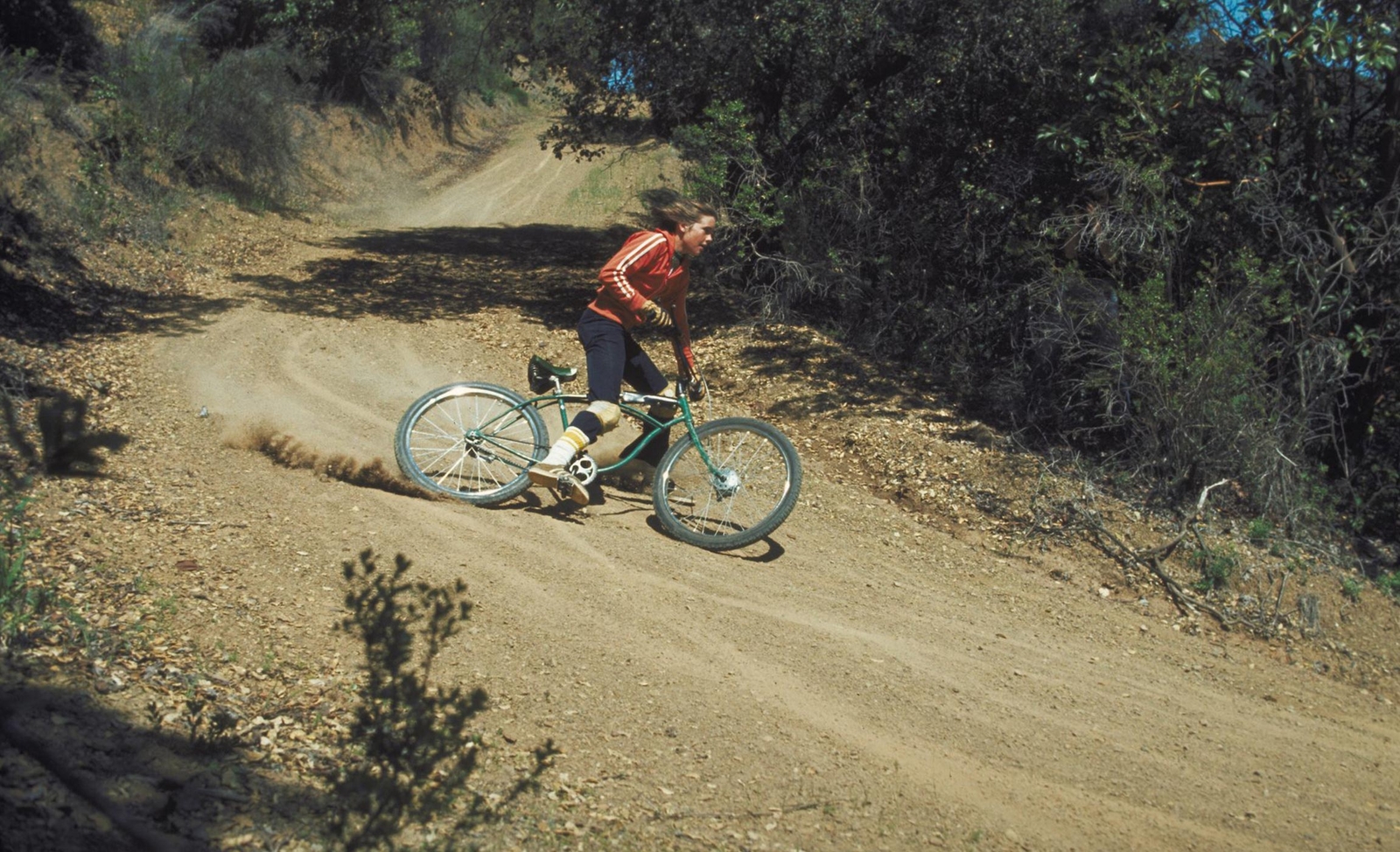
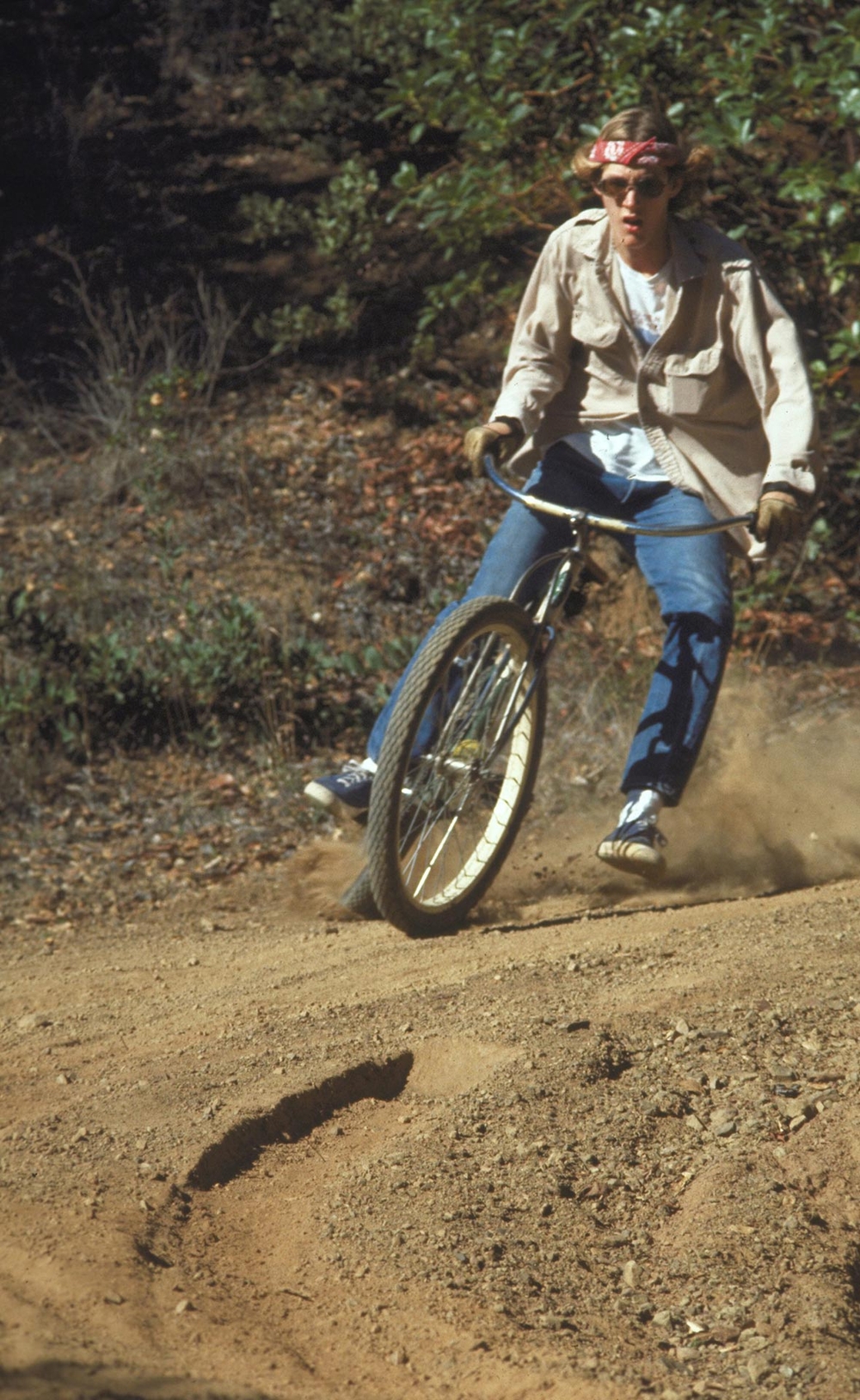
In the 1970s, a few daring trailblazers took to the rugged hills on modified bikes, breaking free from the streets to create an outdoor revolution.
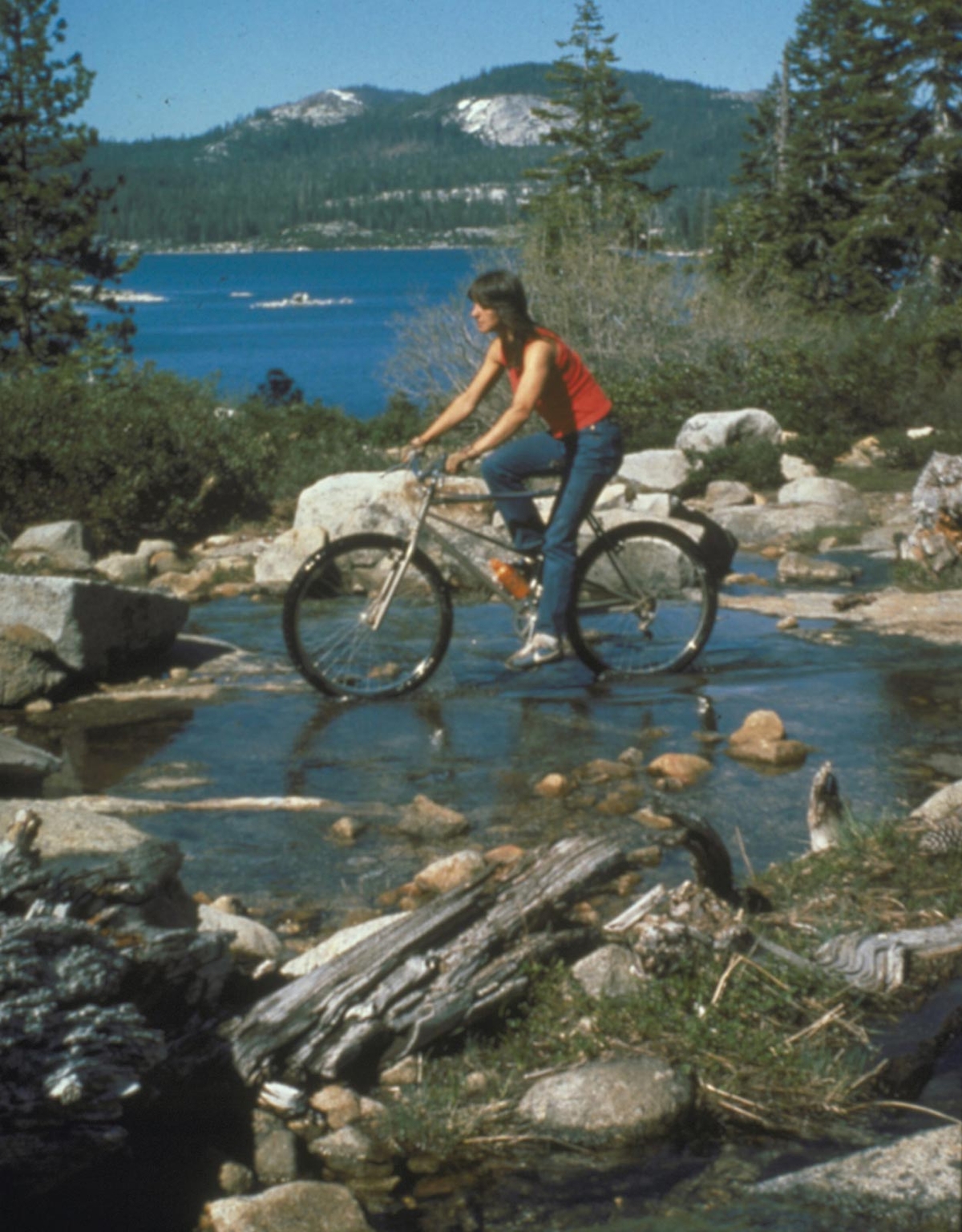
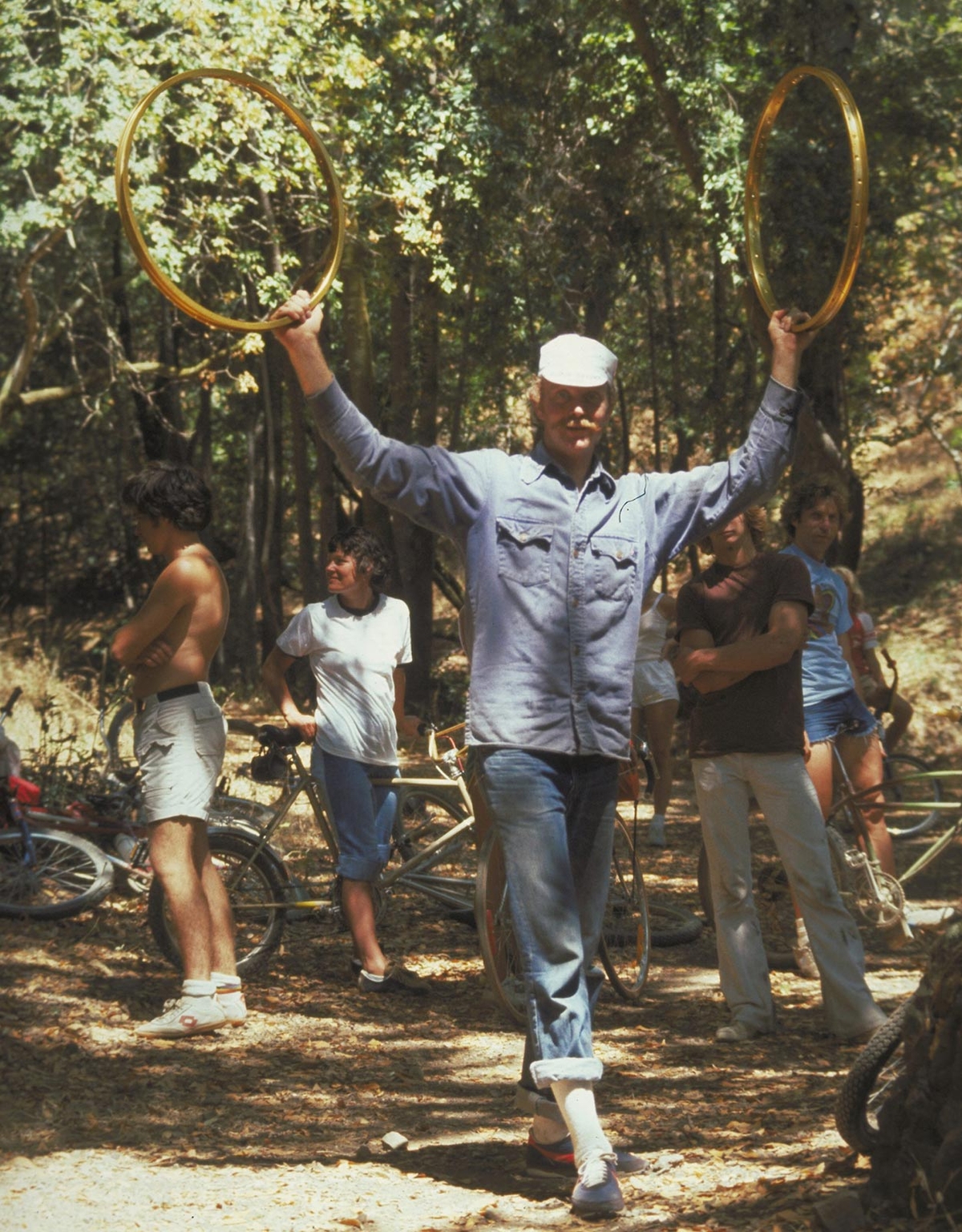
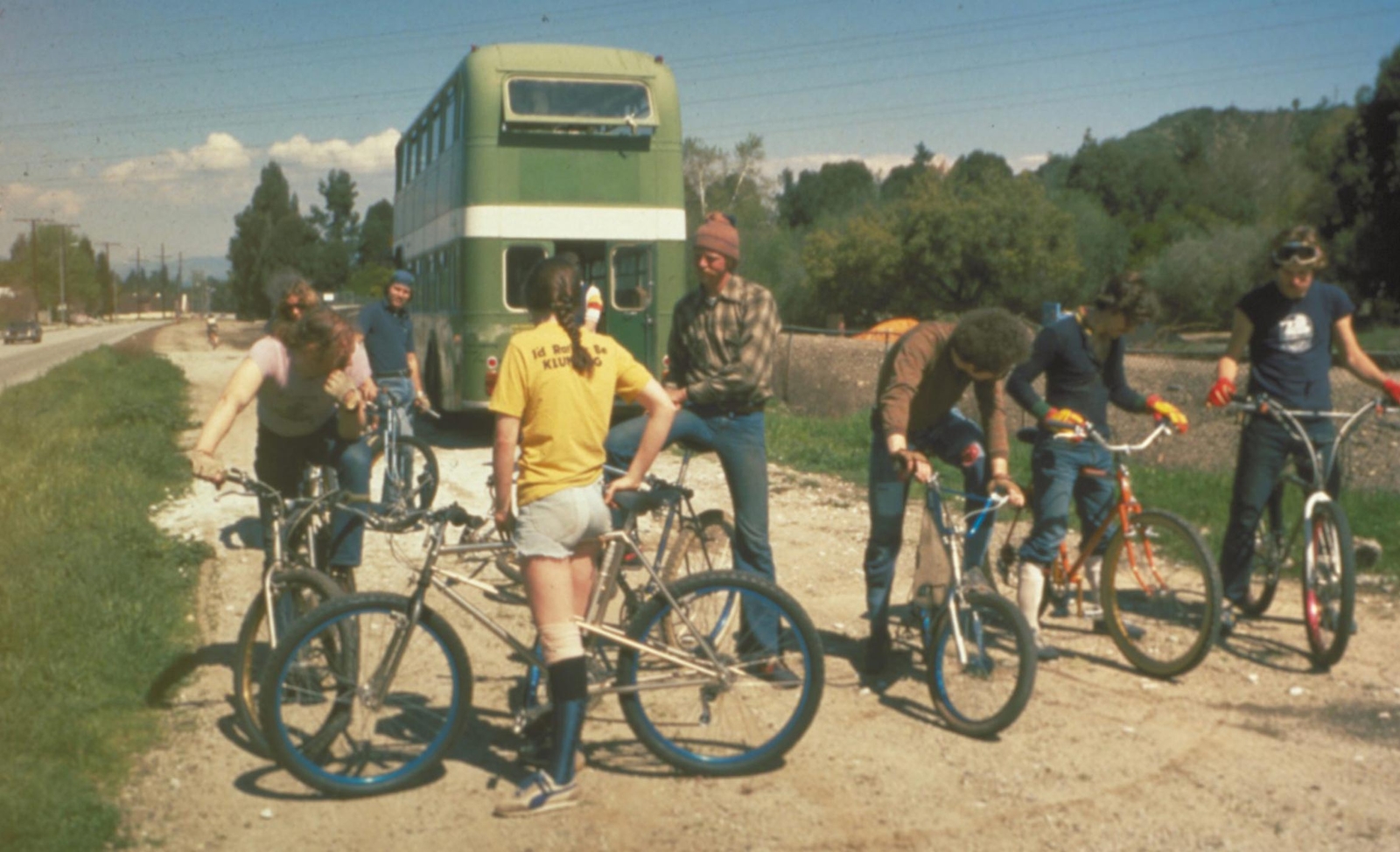
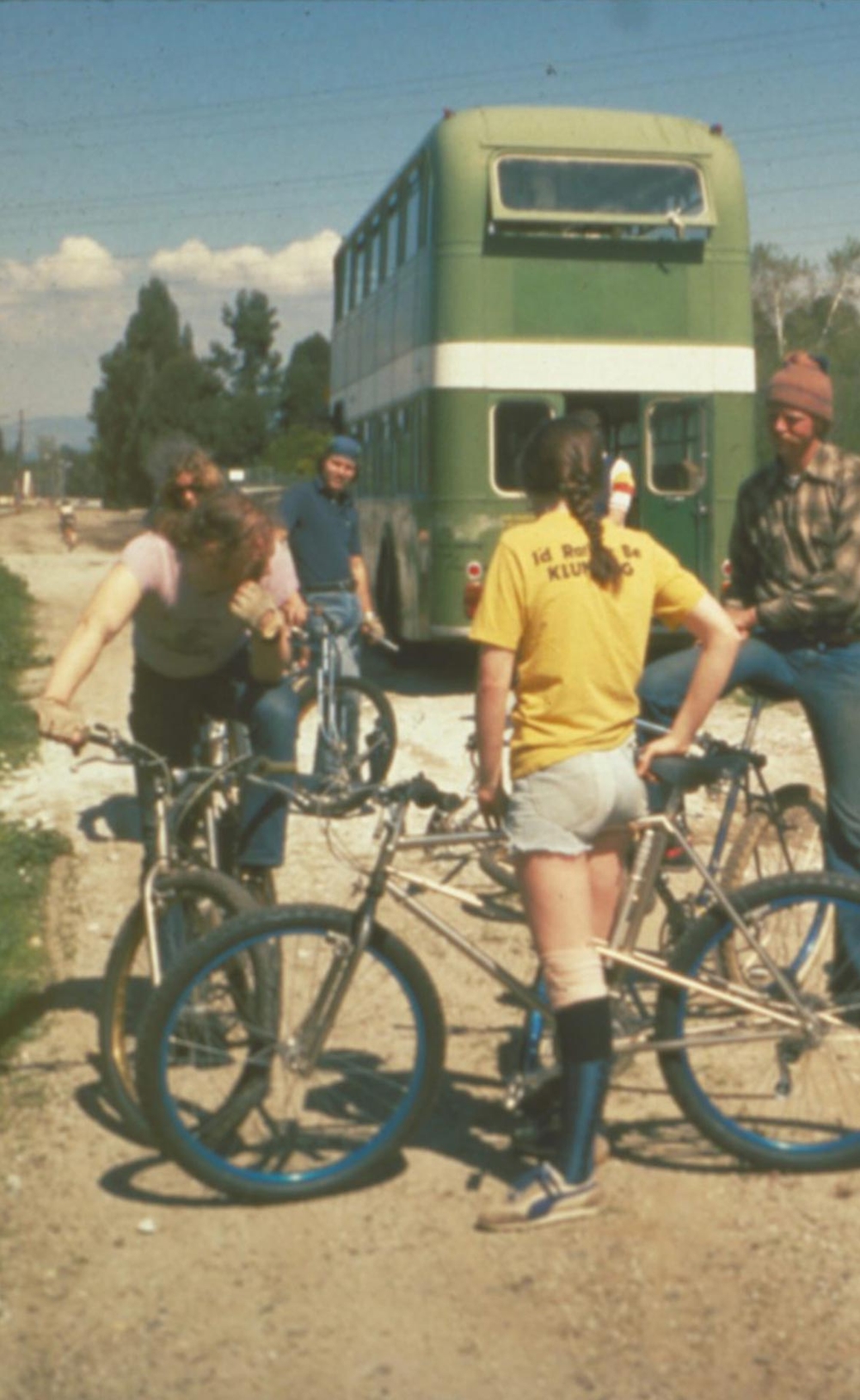
Historically, cycling had been dominated by extremely narrow tyres, tight clothes and hunched-over aerodynamic riders. It was a sport reserved almost exclusively for road racing. For the more casual rider, a typical bike was the Cruiser. With the advent of the Automobile, the bicycle industry was in freefall. In 1933, with hopes to revitalise interest in the declining hobby, the German bike company ‘Schwinn’ developed the ‘Baloon Bike’. With a more upright riding position, far wider tyres and generally a much sturdier build than lightweight road bikes, these Cruisers became the unlikely foundation on which a select few crafty cross-country riders tweaked and welded a new vision of outdoor athleticism.
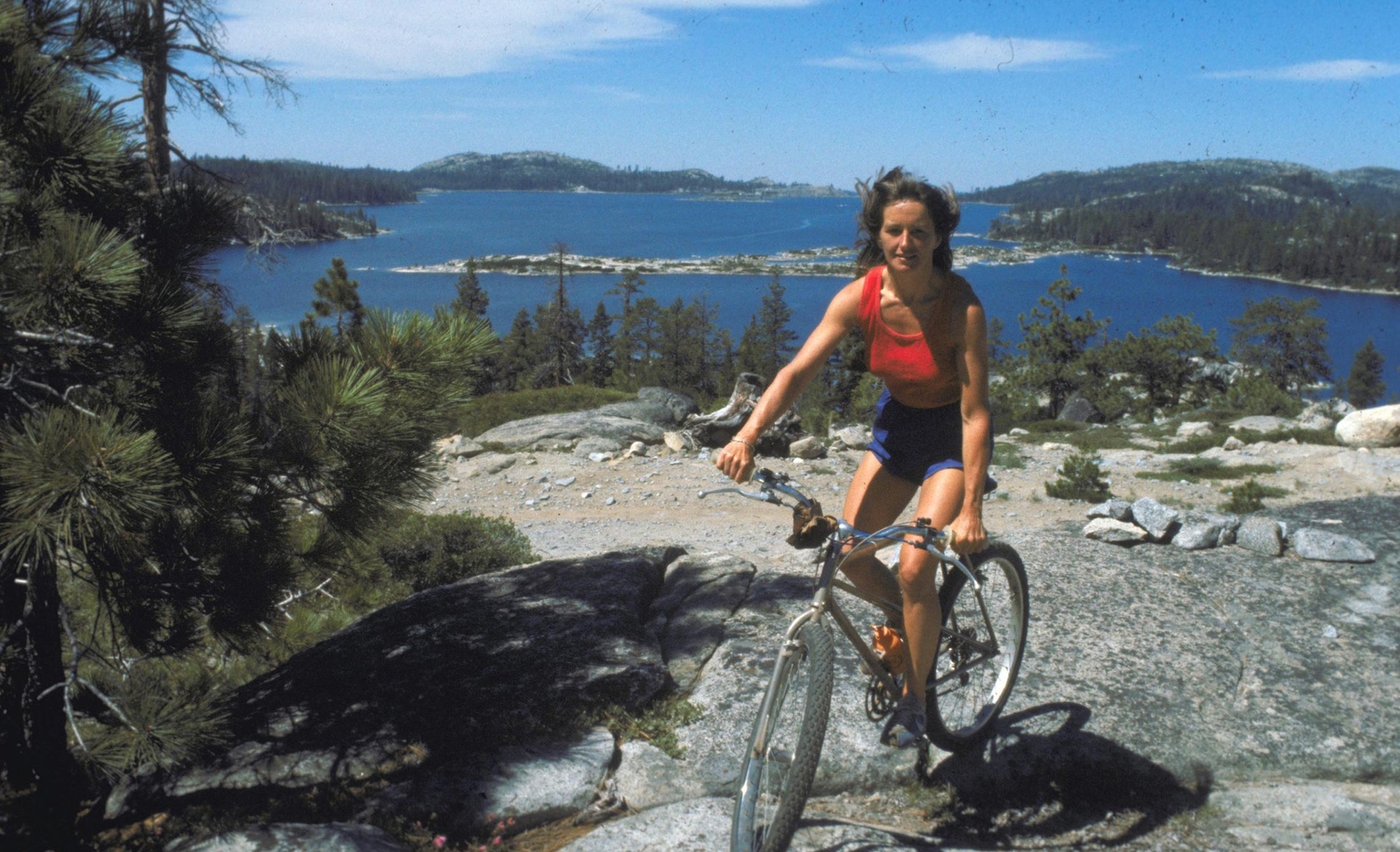
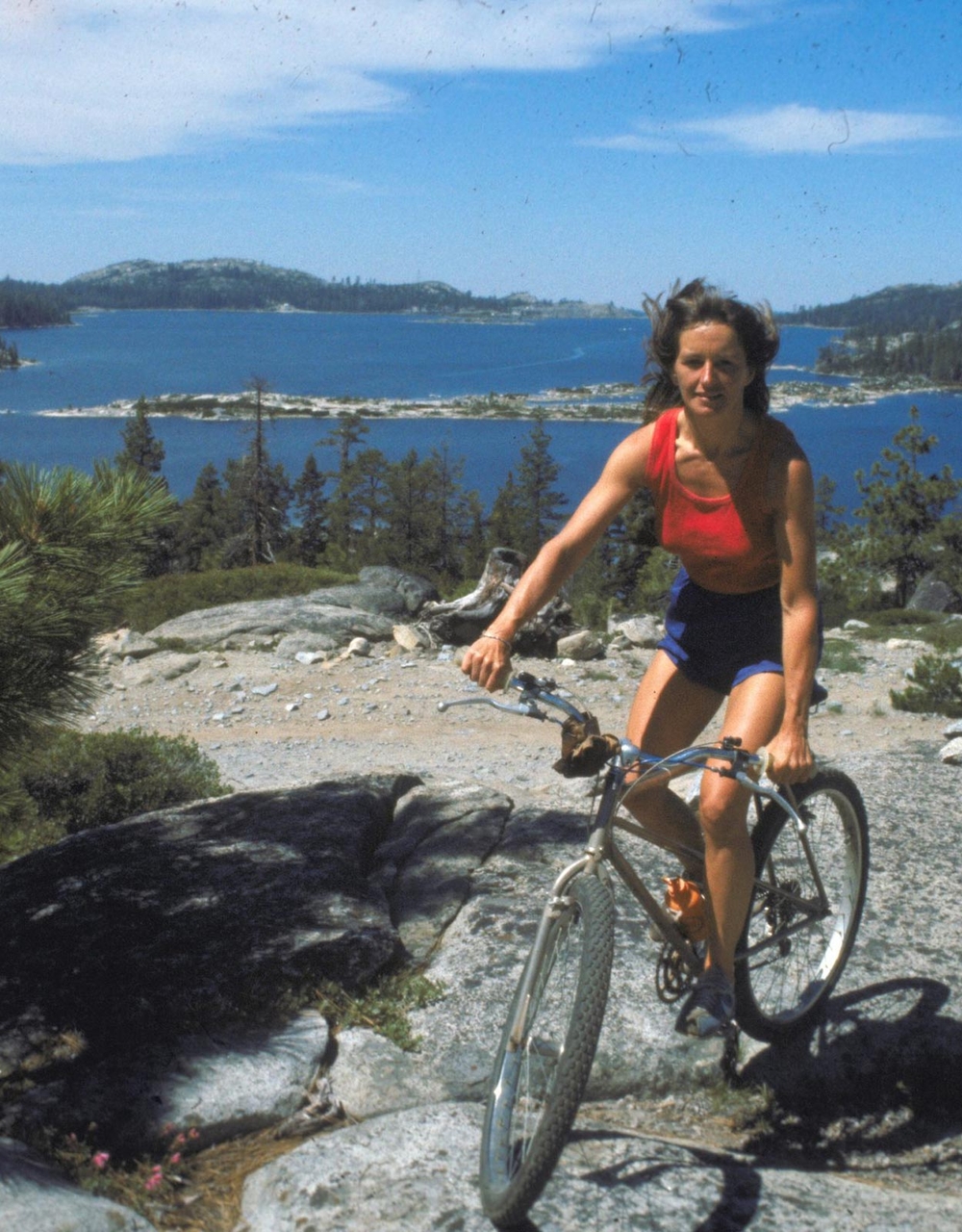
These blowtorch-handy teens took to the hills in a never-before-seen cycling sport. Unknowingly creating a sport that has only grown in popularity since then. Early Klunker riders would heavily customise their bikes, scrapping fenders, bike stands, lights, mock gas tanks, chain guards, and anything else that wasn’t essential for bombing a steep hill. Reinforced tubing and joints would make the bicycle frame more resistant to impacts and hard, sudden drops. Wide swooping handlebars were also favourites, providing far more stability than the aerodynamic drop bars commonly used on road bikes. Noticing that their single-rim brake would melt and be blowing smoke by the time they got to the bottom of a hill, including a second break also started to seem like a no-brainer. Another key addition was adding more gears to make climbing back up the hill easier – now a key feature of modern MTBs.
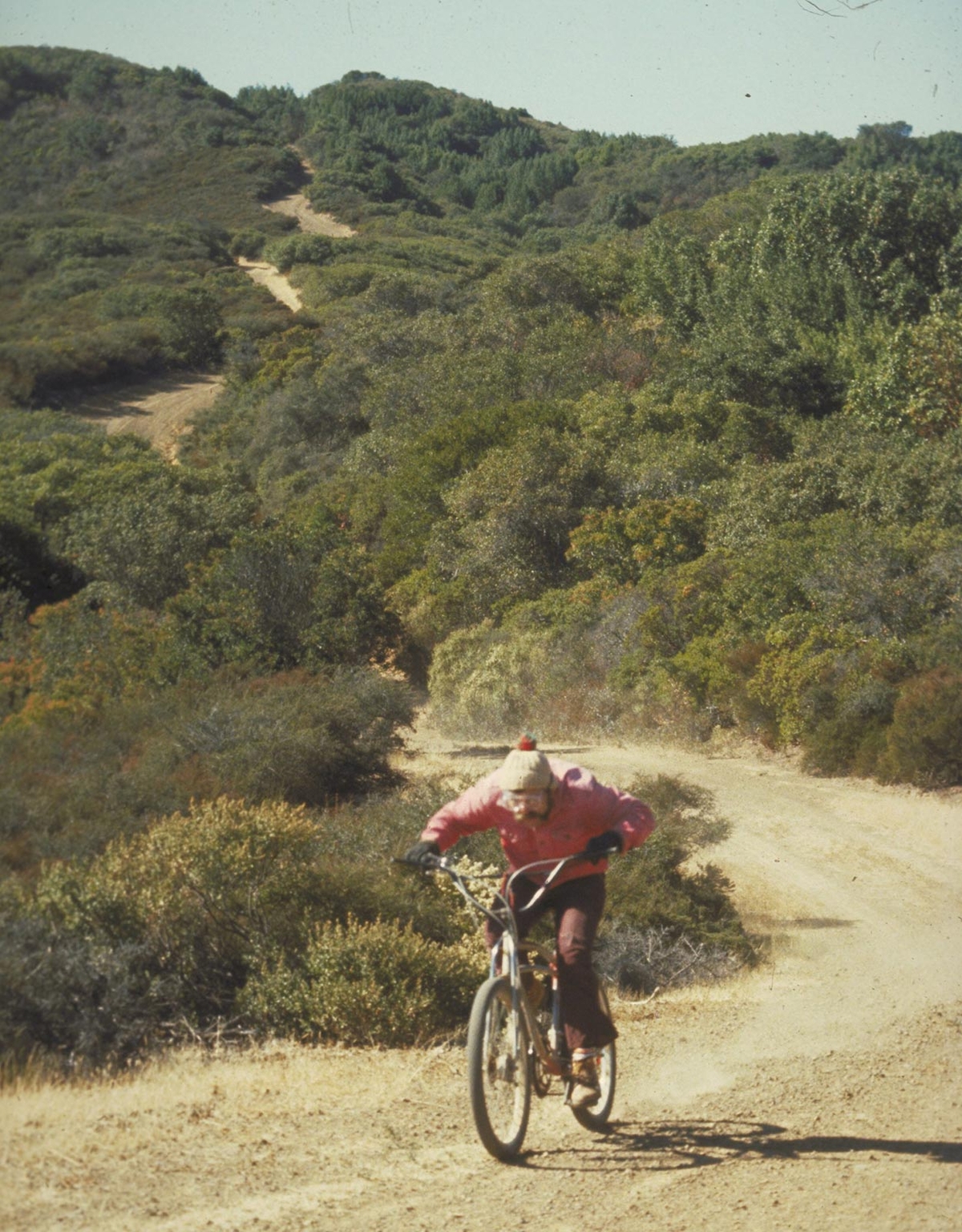
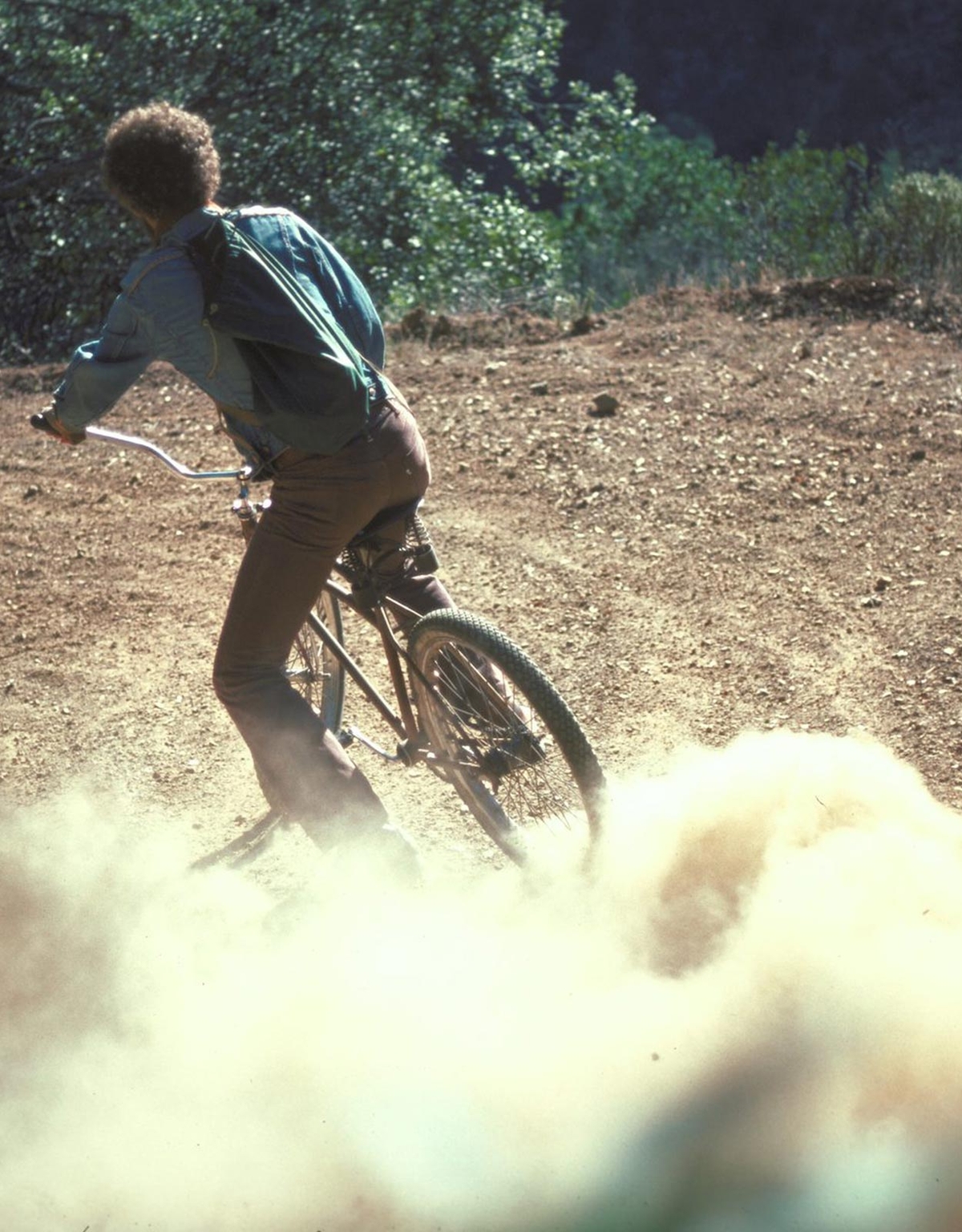
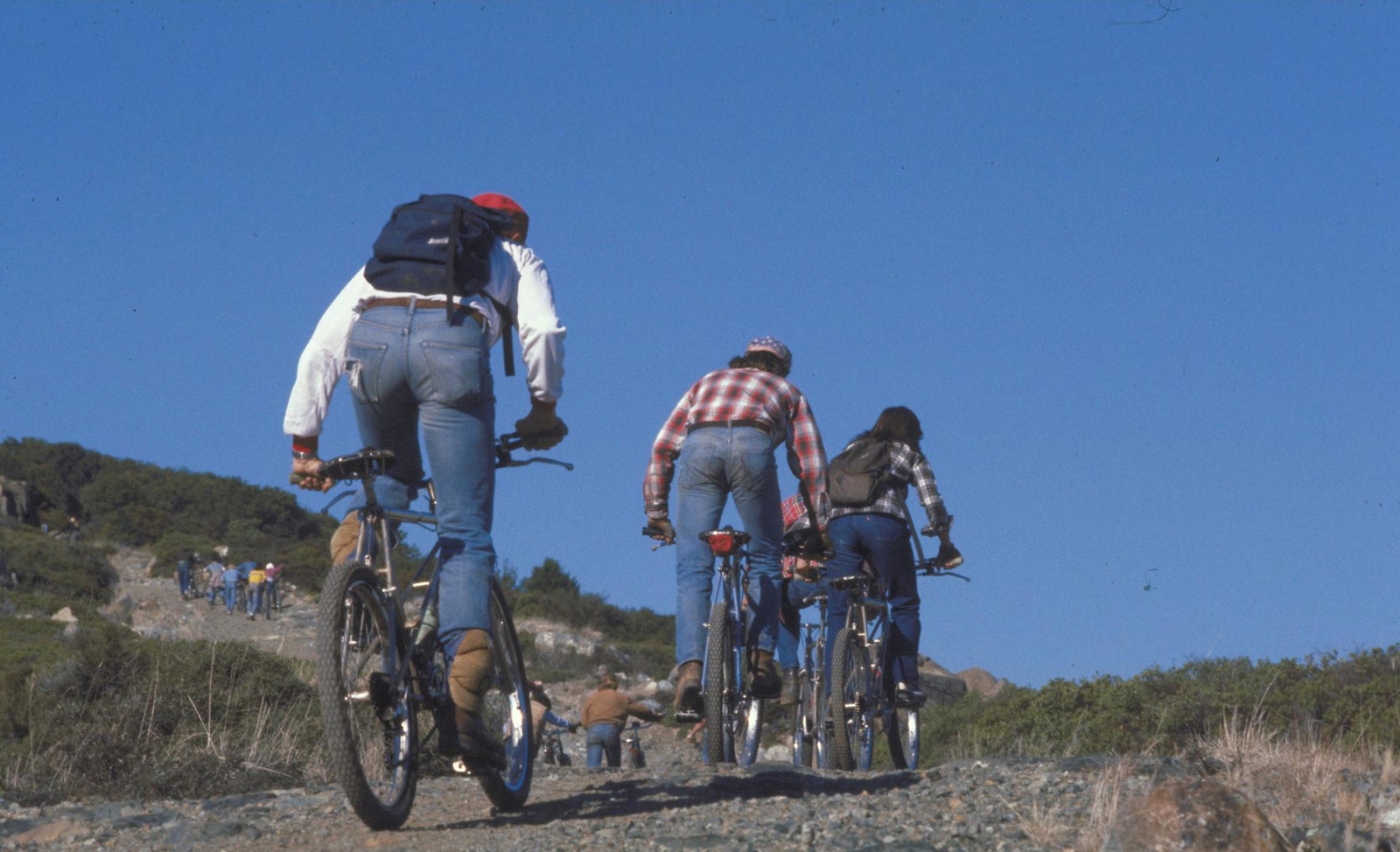
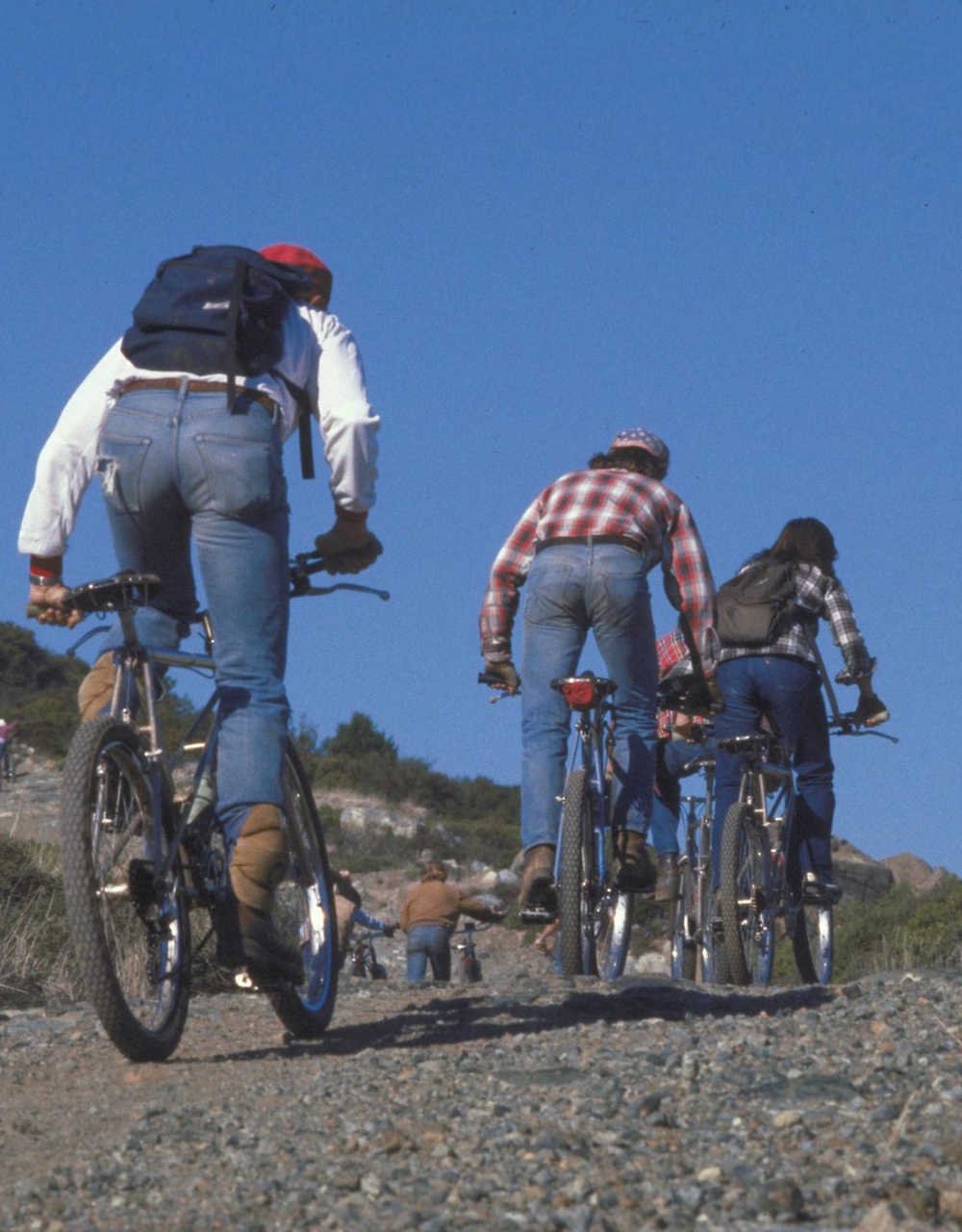
It was only a matter of time before races and time trial events started popping up. Now legendary events like the ‘REPACK’ and ‘TAM MOUNTAIN’ started as scrappy meet-ups of a close-knit community. Riders risking life and limb to be crowned fasted on the hill. Prizes often consisted of miscellaneous bike parts, wine, or “smokables”.
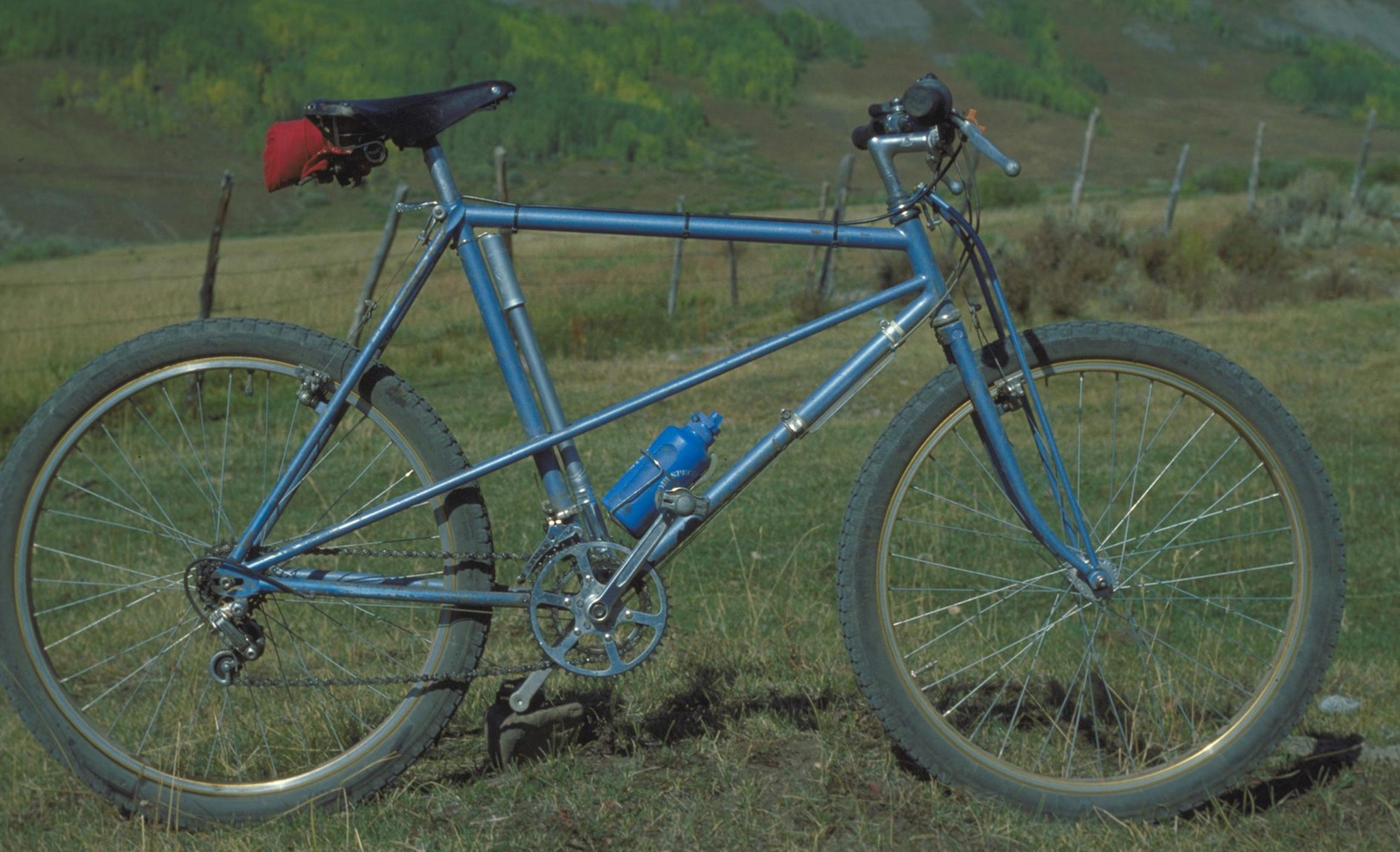
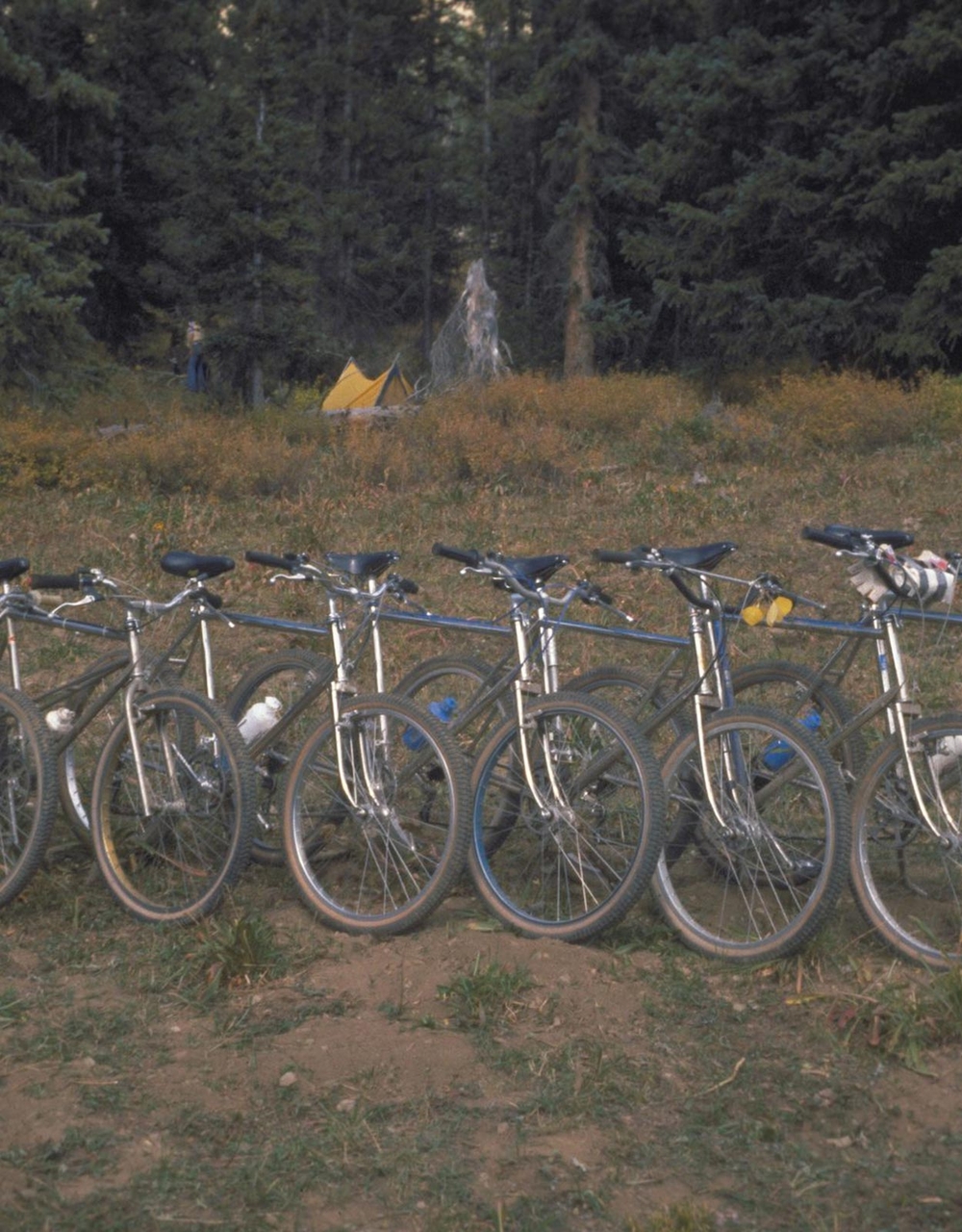
Although speed often was the name of the game, many of the riders simply enjoyed the freedom of gentle cross-country riding. The influence of the growing counterculture movement is self-evident. More than an excuse to get outdoors, Klunking was anti-establishment by its very nature as there was zero state oversight high up in the mountains. It was often said that ‘Klunking is best enjoyed away from the cars, cops and concrete’.
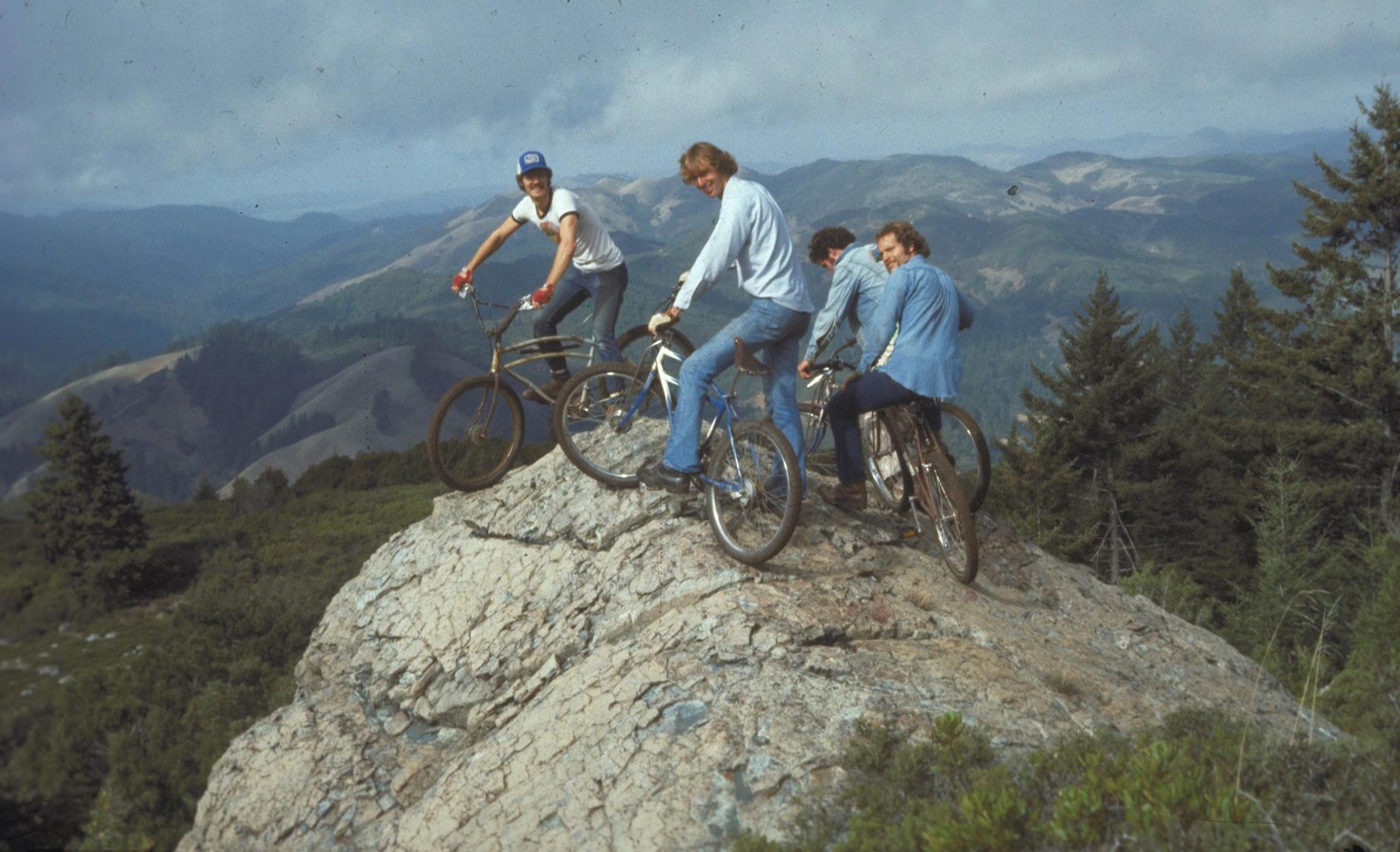



The early Klunker scene also gave way to many industry-defining figures. They included Tom Ritchey, Joe Breeze, Gary Fisher, Charlie Kelly, and Charlie Cunningham. Their fabrication and craftsmanship were pivotal to this new and exciting sport, with many of the now commonplace building methodologies being attributed to this group of riders. Charlie Kelly and Gary Fischer began commercialising their creations, selling them branded as “MountinBikes” – which was quickly swallowed up as the generic catch-all term for the sport, leaving them with “Kelly-Fischer Mountain Bikes”. Joe Cunningham was the first to develop wide tyre drop bars or dirt drops – now popularly known as gravel bikes. Ritchey Components was also born during this time, a brand that is still renowned for its continued quality and innovation in the mountain bike industry.
0

